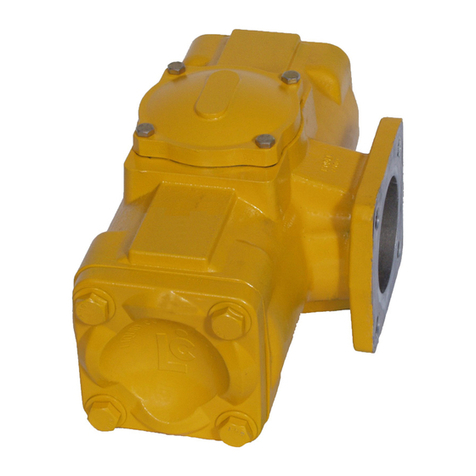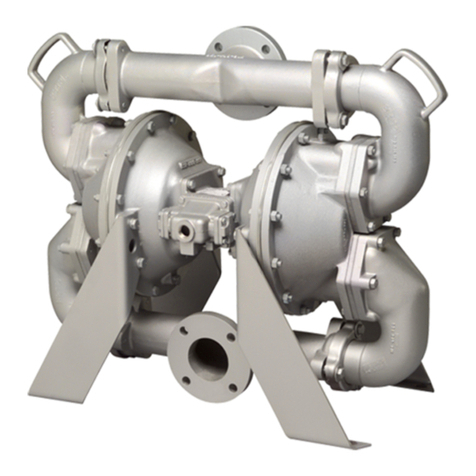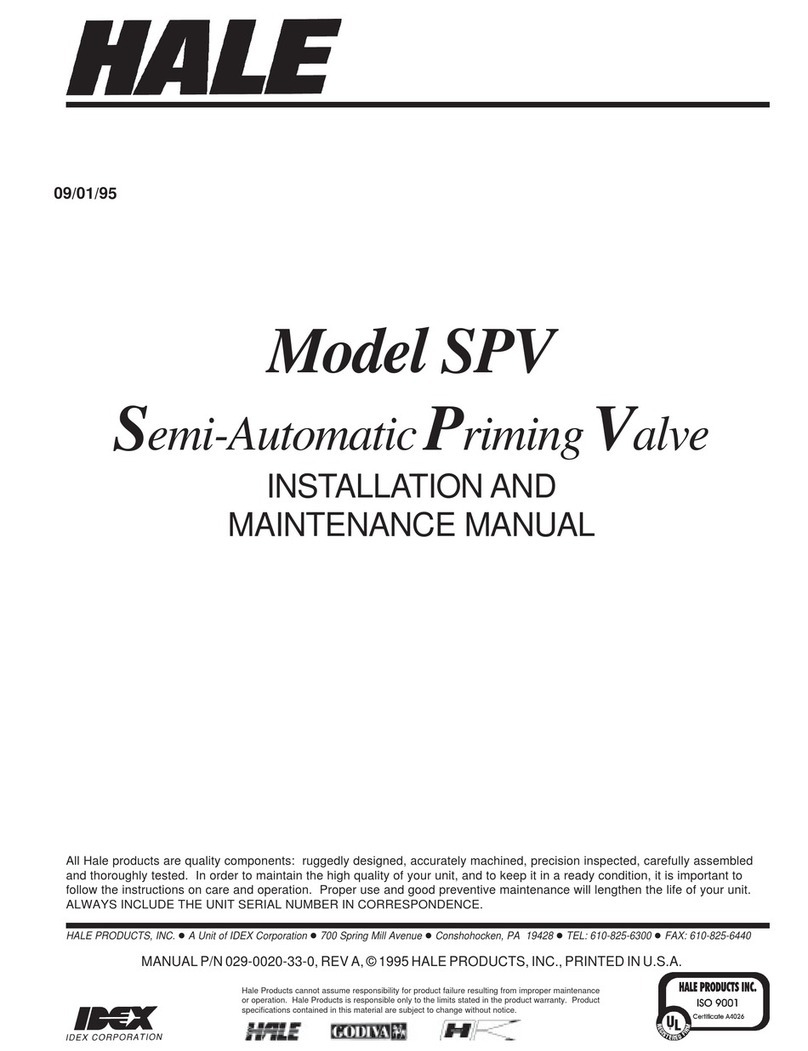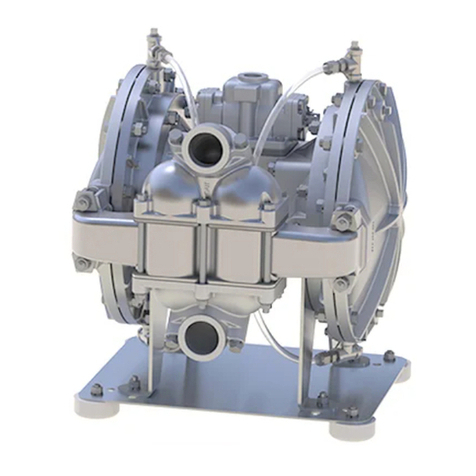i
TABLE OF CONTENTS
Section Title Page
1. SAFETY.............................................................................................................................................1
1.1. Safety Headings........................................................................................................................1
1.2. Safety Summary .......................................................................................................................1
1.3. PPE ............................................................................................................................................5
2. INTRODUCTION................................................................................................................................7
2.1. Overview....................................................................................................................................7
2.2. Installation ................................................................................................................................8
2.2.1 Mounting of Side Suction Valves ......................................................................................9
2.2.2 Mounting of Bottom (Front/Rear) Suction Valves......................................................... 11
2.2.3 Plumbing Relief Valve..................................................................................................... 13
2.2.4 Suction Hose Water Drain .............................................................................................. 14
2.2.5 Air Bleeder Valve............................................................................................................. 14
2.2.6 Suction Hose Priming ..................................................................................................... 16
2.2.7 Panel Placard, Handwheel and Handwheel Extension................................................. 16
2.2.8 Relief Valve Adjustment.................................................................................................. 18
2.2.9 Rotation of Gearbox (if necessary)................................................................................. 19
2.3. How To Use This Manual....................................................................................................... 20
2.4. Disclaimer .............................................................................................................................. 20
2.5. Principles Of Operation ......................................................................................................... 20
2.5.1 Air Bleeder Valve............................................................................................................. 21
2.5.2 Electric Motor Operated Valve (HALE MIV-E)................................................................. 21
2.5.3 Manual Handwheel Operated Valve (HALE MIV-M) ...................................................... 22
2.5.4 Manual Override (Electric Operated Valve Only)........................................................... 22
2.5.5 Cold Weather Operation ................................................................................................. 23
3. PREVENTIVE MAINTENANCE ....................................................................................................... 25
3.1. MIV Disc Lubrication ............................................................................................................. 25
4. CORRECTIVE MAINTENANCE ....................................................................................................... 29
4.1. General Repair Guidelines.................................................................................................... 29
4.1.1 Recommended Tools...................................................................................................... 29
4.1.2 Recommended Cleaners ................................................................................................ 29
4.1.3 Recommended Lubricants ............................................................................................. 29
4.1.4 Thread Lock And Sealant Compounds .......................................................................... 30
4.2. Cleaning and Inspection Guidelines..................................................................................... 30
4.2.1 Cleaning Required for Thread Lock Compounds .......................................................... 30
4.3. Removal and Replacement Guidelines................................................................................ 31































